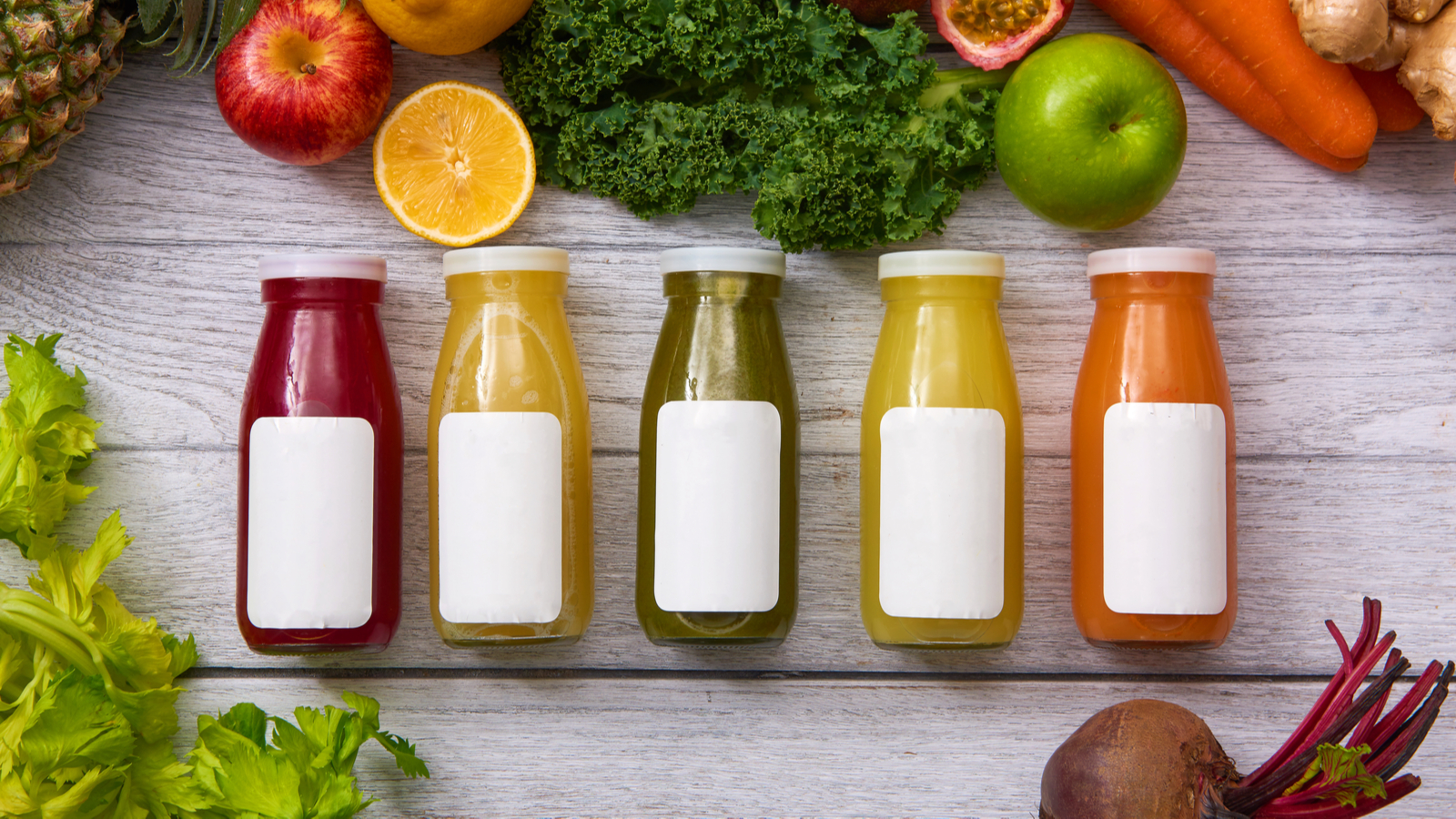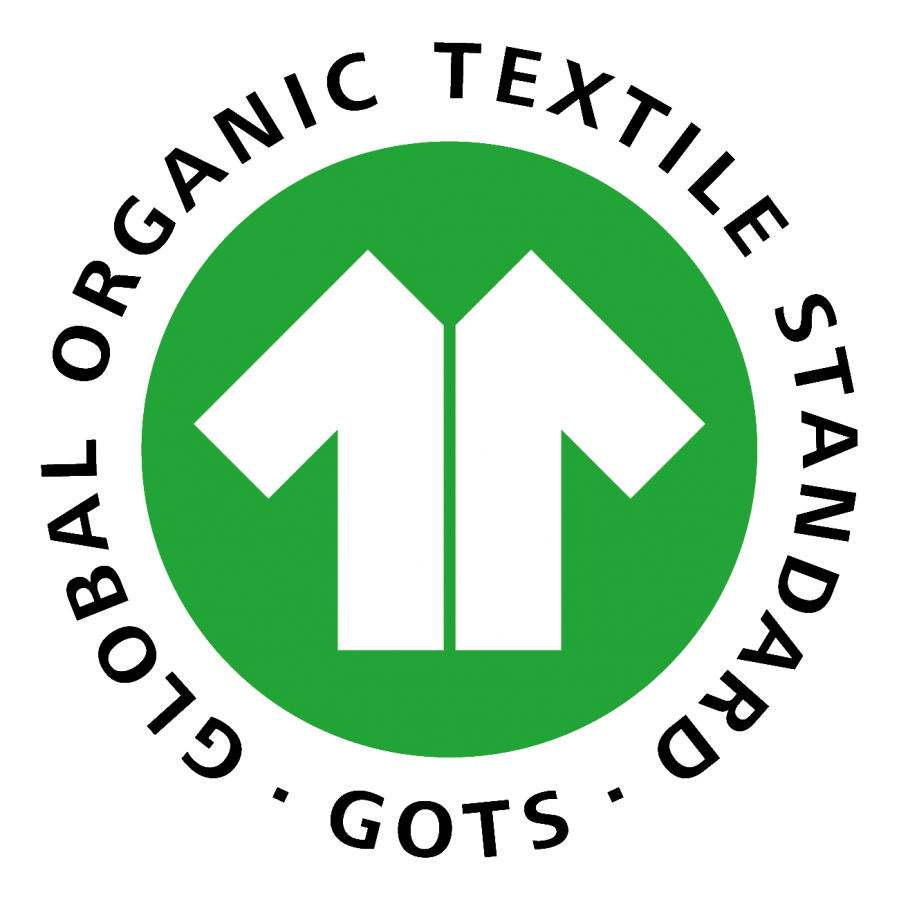

Global Organic Textile Standard (GOTS)

Qualified mattresses (without latex) meet stringent standards
Applied Standards
At least 95 percent of the materials in the mattress should be certified organic. The use of certain substances even for the other 5 percent, such as chemical flame retardants and polyurethane is prohibited. All stages through the supply chain must be established so as to ensure that organic and conventional fibres are not commingled and that organic fibres and GOTS Goods are not contaminated by contact with prohibited substances. All organic raw materials must be clearly labelled and identified as such at all stages of the supply chain. Allowed are additives which meet the basic requirements as set in chapter 2.3.1. and 2.3.2. only. Any paraffin products used must be fully refined with a limited value for residual oil of 0,5%. Allowed sizing agents include starch, starch derivatives, other natural substances and CMC (carboxymethylcellulose). Synthetic sizes which meet the basic requirements as set in chapter 2.3.1. and 2.3.2. may be used for no more than 25% of the total sizing in combination with natural substances only, calculated for the chemical without water. In case such synthetic sizes are recycled/recovered in the wastewater from desizing process with a ratio >80% they may be used without limitation in the total sizing but must still meet the requirements as set in chapter 2.3.1 and 2.3.2. Knitting / weaving oils must not contain heavy metals. Other inputs must be derived from natural materials only. Allowed non-woven manufacturing processing includes only mechanical compaction, webbing and entangling such as hydro entanglement. Ammonia treatment is prohibited. Bleaches are allowed on the basis of oxygen only. Approved Certifiers may grant exceptions for non-cotton fibre products where oxygen bleaches are not sufficiently functional, provided they meet the basic requirements as set in chapter 2.3.1. and 2.3.2. Allowed are auxiliaries that meet the basic requirements as set in chapter 2.3.1. and 2.3.2. only. Washing detergents must not contain phosphates. The chlorination of wools is prohibited. Allowed are optical brightening agents (OBAs) that meet all criteria for the selection of dyes and auxiliaries as set in chapter 2.4.6. Dyeing only. Allowed are mechanical / thermal pre-treatment methods and such with the use of substances on basis of natural materials. Conventional natural fibres: all non-GMO vegetable fibres - except conventional cotton - and all animal fibres except conventional angora hair are allowed. Regenerated fibres from certified organic raw materials which are non-GMO, from pre- or post-consumer waste or from raw materials certified according to a program that verifies compliance with sustainable forestry management principles: only lyocell and protein based fibres upto a maximum of 30%. Regenerated fibres like viscose or modal : raw materials used must be non-GMO; the use is limited to a maximum of 10% (resp. 25% for socks, leggings and sportswear), recycled synthetic (polymer) fibres from pre- or post-consumer waste: only polyester, polyamide, polypropylene and polyurethane (elastane), virgin synthetic (polymer) fibres: only polyamide, polypropylene and polyurethane (elastane); the use is limited to a maximum of 10% resp. 25% for socks, leggings and sportswear, stainless steel fibres and mineral fibres, with exception of asbestos, carbon and silver fibres: the use is limited to a maximum of 10%. The additional fibre materials may be mixed with the organic fibres to the fabric or used in certain details of the product. Blending organic and conventional fibres of the same type in the same product is not permitted. Products may contain a maximum of 10% of regenerated or synthetic fibres (25% for socks, leggings and sportswear). Exceptions are lyocell and recycled synthetic fibres which can be used to a maximum of 30%."
"Latex foam used in mattresses must be made from certified organic (in conversion) latex or
from latex certified according to a program that verifies compliance with sustainable forestry
management principles. Polyurethane foams are not permitted in mattresses. Backing materials used must be of certified natural origin and satisfy requirements of Section 2.3 of the GOTS Standard. Inorganic materials (such as dolomite) may be used in conjunction with this backing material, if they are of natural origin and satisfy section 2.3 of the GOTS Standard. All companies must assure compliance with the applicable national and local legal environmental requirements applicable to their processing/manufacturing stages performed (including those referring to emissions to air, wastewater discharge as well as disposal of waste and sludge). Wet processing units must keep full records of the use of chemicals, energy, water consumption and waste water treatment, including the disposal of sludge. In particular, they must continuously measure and monitor waste water temperature, waste water pH and sediment quantities. No on-site waste burning or uncontrolled waste land-filling should be undertaken."" Wastewater from all wet processing units must be treated in an internal or external functional wastewater treatment plant before discharged to environment. The applicable national and local legal requirements for waste water treatment - including limit values with regard to pH, temperature, TOC, BOD, COD, colour removal, residues of (chemical) pollutants and discharge routes - must be
fulfilled. Wastewater discharges to the environment must not exceed 20 g COD/kg of processed textile (output). For scouring greasy wool an
exceptional limit of 45 g COD/kg applies. Wet processing units must keep full records of the use of chemicals, energy, water consumption and waste water treatment, including the disposal of sludge. In particular, they must continuously measure and monitor waste water temperature, waste water pH and sediment quantities. No on-site waste burning or uncontrolled waste land-filling should be undertaken. Wastewater from all wet processing units must be treated in an internal or external functional wastewater treatment plant before discharged to environment. The applicable national and local legal requirements for waste water treatment - including limit values with regard to pH, temperature, TOC, BOD, COD, colour removal, residues of (chemical) pollutants and discharge routes - must be fulfilled. Wastewater discharges to the environment must not exceed 20 g COD/kg of processed textile (output). For scouring greasy wool an exceptional limit of 45 g COD/kg applies. GOTS Version 5.0– Page 20 of 40 Treatment of wastewater from water retting of bast fibres must achieve a reduction of COD (or TOC) of at least 95% for hemp fibres and 75% for all other bast fibres. Wastewater discharges to surface waters further must have a pH between 6 and 9 (unless the pH of the receiving water is outside this range) and a temperature of less than 35C° (unless the temperature of the receiving water is above this value). Wastewater analyses must be performed and documented periodically at normal operating capacity. Organic textile products must be stored and transported in such a manner as to prevent contamination by prohibited substances and commingling with conventional products or substitution of the contents. Packaging material must not contain chlorinated plastics (e.g. PVC). Any paper or cardboard used in packaging material for the retail trade of GOTS Goods (incl. labelling items such as hang tags or swing tags) must be recycled from pre- or post-consumer waste or certified according to a program that verifies compliance with sustainable forestry management principles. Transport means and routes must be documented." "In cases where pesticides/biocides are mandated for use due to national rules or law, they may be used in Storerooms / Transport but they must comply with the applicable international or national organic production standard. Wooden pallets used in storage and transport activities are exempt from this requirement. All operational procedures and practices must be supported by effective documented control systems and records that enable to trace: the origin, nature and quantities of organic and additional (raw) materials, accessories as well as inputs which have been delivered to the unit, the flow of goods within the unit (processing/manufacturing steps performed, recipes used and stock quantities) the composition of manufactured products the nature, quantities and consignees of GOTS Goods which have left the unit any other information that may be required for the purposes of proper inspection of the operation. Records relevant to the inspection must be kept for at least five years. Certified Entities purchasing organic fibres must receive and maintain transaction certificates (=TCs, certificates of inspection), issued by a recognised certifier and certified in accordance with the criteria of chapter 2.1 for the whole quantity purchased. Certified Entities purchasing GOTS Goods must receive and maintain GOTS transaction certificates, issued by an Approved Certifier for the whole quantity of GOTS Goods purchased. Shipments of GOTS Goods purchased by certified retailers and labelled with licence number of the manufacturer/supplier are exempt from this requirement. In accordance with the corresponding policy issuing TCs that cover multiple shipments is possible under certain conditions. The maximum time period
hat a single TC can cover is 3 months. The consignee of any organic fibres and GOTS Goods must check the integrity of the packaging or container and verify the origin and nature of the certified products from the information contained in the product marking and corresponding documentation (e.g.
invoice, bill of lading, transaction certificate) upon receipt of the certified products.
A product whose GOTS compliant status is in doubt may only be put into processing or packaging after elimination of that doubt. Organic fibres and GOTS Goods must clearly be identified as such on all corresponding invoices. Certified Entities must have invoices, delivery notes as well as copies of valid Letters of Approval at hand listing all preparations they are using in processing and manufacturing GOTS Goods as verification proof that all colourants and textile auxiliaries used for GOTS Goods are actually approved. The Certified Entity must have concluded a contract with each subcontractor stipulating the conditions of the relevant job work assigned and remains finally responsible for compliance with all criteria of this Standard.
Allowable synthetic subtances
Synthetic dyes, pigments and auxiliaries that meet the requirements, regenerated and synthetic materials
Allowable nonsynthetic
Natural dyes that meet requirements, mechanical, thermal and other physical finishing methods, natural materials including biotic material (such as (organic or conventional) natural fibre, wood, leather, horn, bone, shell) and non-biotic material (such as minerals, metals, stone), asbestos carbon fibres, silver (filament, treated) fibres, chromium (e.g. as component of a metal or in leather tanning, except that stainless steel is permitted), nickel (e.g. as component of a metal, except that stainless steel is permitted), material from threatened animals, plant and timber, Chlorinated plastics (e.g. PVC)
Prohibited synthetics
Aromatic or halogenated solvents, chlorinated and brominated flame retardants, chlorinated benzenes, chlorophenals (including their salts and esters), - all APs and APEOs (i.e. NP, OP, NPEO, OPEO, APEOs terminated with functional groups, APEO-polymers), EDTA, DTPA, NT, LAS, α-MES, endocrine disruptors, inputs that contain or generate formaldehyde or other short-chain aldehydes during designated application, all inputs that contain GMO, contain enzymes derived from GMO, are made from GMO raw materials (e.g. starch, surfactants or oils from GM plants), heavy metals (except for valid dyes and pigments), Inputs releasing carcinogenic arylamine compounds, Inputs containing functional nano-particles, Inputs with halogen containing compounds (except for valid pigments), PAH, phthalates, Bisphenol A and all other plasticizers with endocrine disrupting potential, Short-chain chlorinated paraffins, Substances and preparations that are prohibited for application in textiles with a recognised internationally or a nationally valid legal character, Substances and preparations having restrictions in usage for application in textiles with a recognised internationally or nationally legal character, inputs which are classified with specific hazard statements (risk phrases) related to health hazards, inputs which are classified with specific hazard statements (risk phrases) related to health hazards, inputs which are classified with specific hazard statements / risk phrases related to environmental hazards, Inputs which are bio-accumulative and not rapidly degradable, dyes classifying as sensitizing/allergenic, dyes containing heavy metals as an integral part of the dye molecule (except for iron; copper is allowed for 5% per weight in blue, green and turquoise dyestuffs)
Other notes
Also includes labor standards
